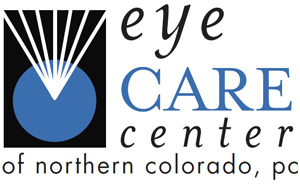Glaucoma is one of the leading causes of preventable blindness in the world. It is a combination of elevated intraocular pressure, optic nerve damage and visual field loss. There are two types of glaucoma, open and closed, with open angle being more common. Usually, adults are affected, but less common forms can affect infants and younger patients. It is important to have routine screenings as visual field loss is permanent and cannot be reversed but can be prevented with appropriate treatment measures. The risk of vision loss is low if the disease is identified early and proper treatment measures are taken. Some risk factors for glaucoma include a positive family history, older age, race, steroid use, and thin corneas.
If you are diagnosed with glaucoma, there are several effective treatments to lower intraocular pressures including medical therapy (eye drops), laser treatments (selective laser trabeculoplasty) and surgical treatments – with or without combined cataract surgery. Unfortunately, most times glaucoma is not painful and is often undiagnosed without routine screening. The best way to reduce your risk is to have an eye examination and testing by an ophthalmologist.

 By
By